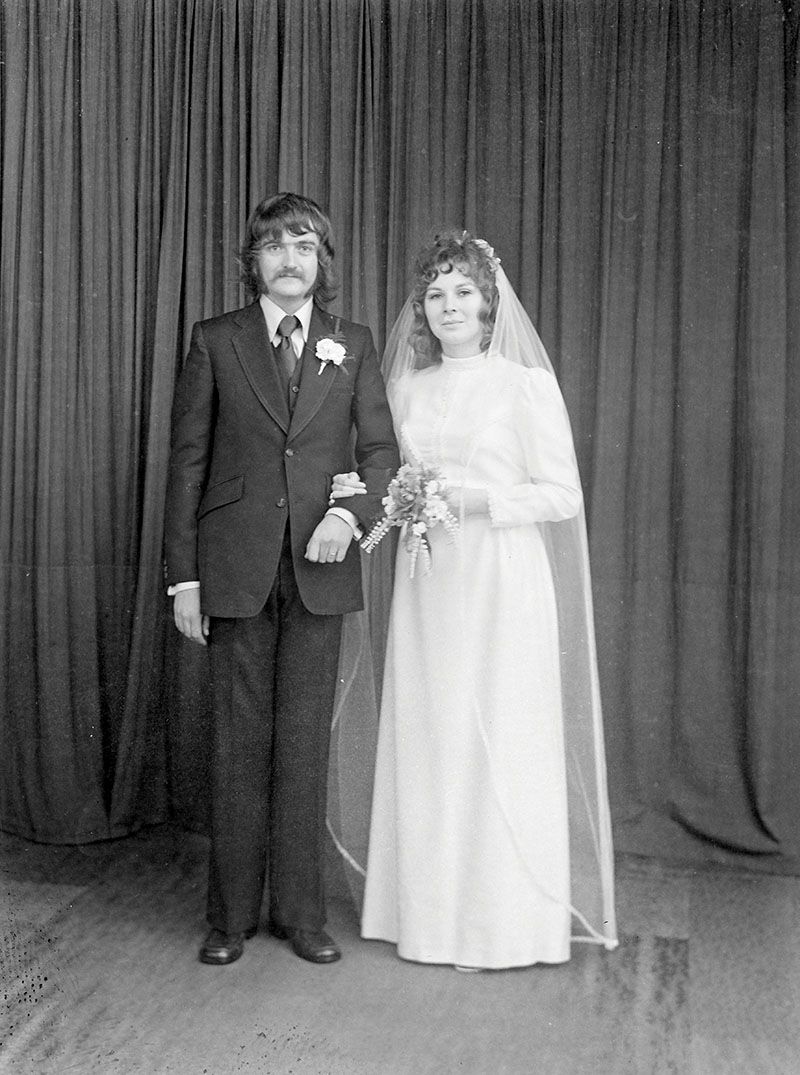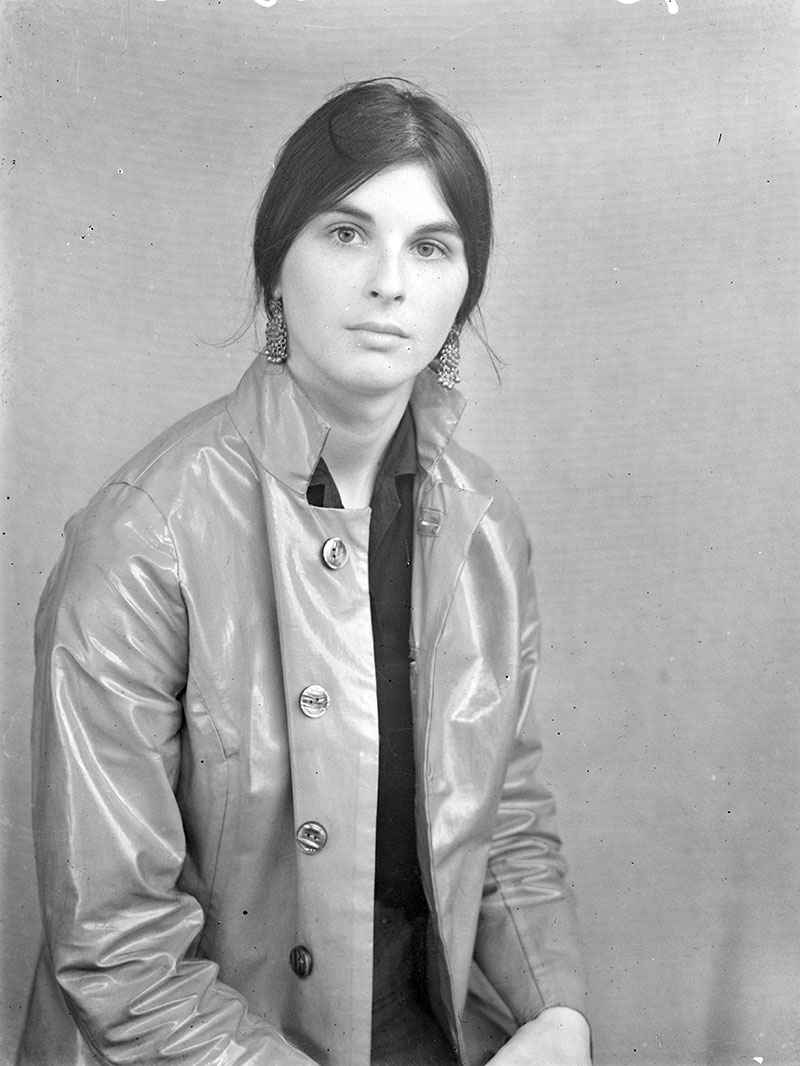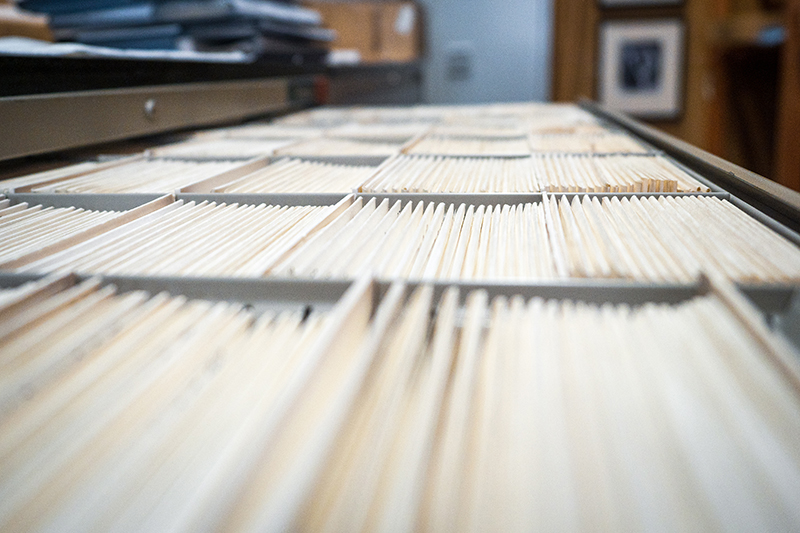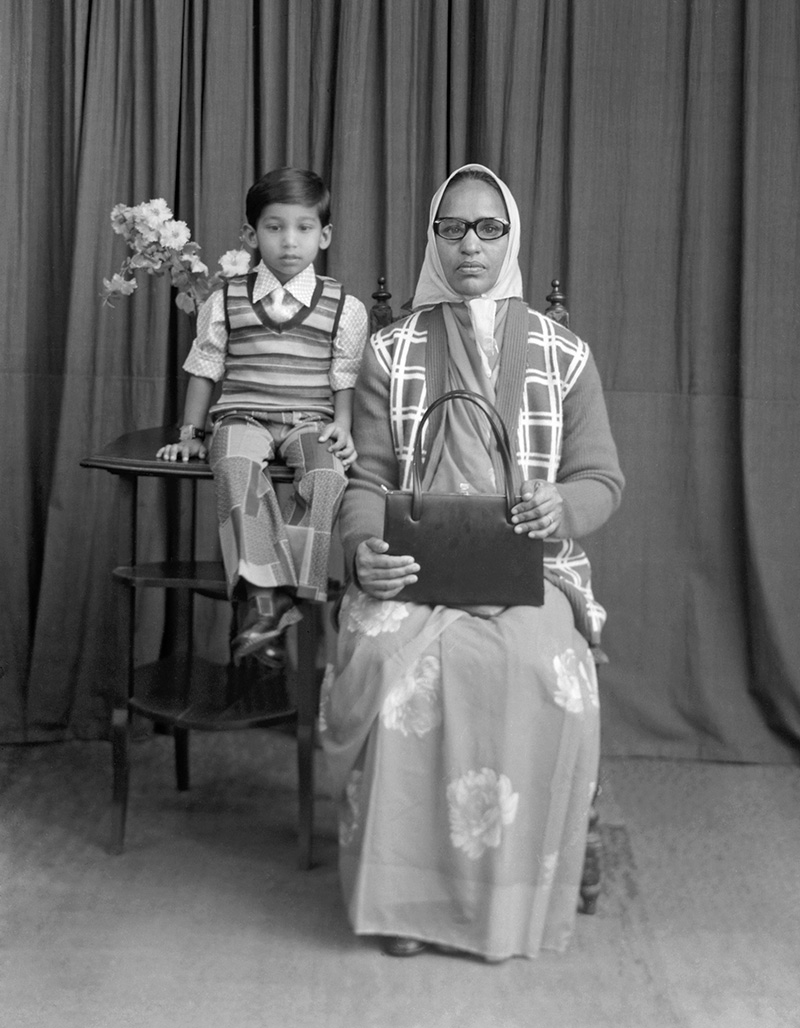The exhibition is now on permanent display as part of our Kodak Gallery. In this post, John writes about the history, relevance and future aims for the Belle Vue Studio collection.
Diversity: A word that’s been at the forefront of our minds throughout the past year. In the wake of the #MeToo and Black Lives Matter movements, individuals and organisations have begun to reconsider their approaches to equality of access and opportunity for those who’ve previously been overlooked. However, in his small Belle Vue Studio, photographer Tony Walker was well aware of the importance of ‘diversity’ many years ago, even though he was perhaps not aware of the word. While other institutions turned away Bradford’s newcomers from the Caribbean and South Asia, the door was open to all at the Belle Vue.
Perhaps unwittingly, he became one of the first to recognise and document the demographic changes in Bradford at that time, providing a rich historic record for us all these years later.
The Belle Vue Studio collection holds around 17,000 negatives and prints, 10,000 of which have now been digitised and made available to view on the Bradford Museums and Galleries website. All of life is there: wrestlers (wannabe and actual), musicians, divas, school children, students and pets. There are individuals, couples, families and larger groups. Some are humorous while others are serious; poignant and moving.
For some, such as those celebrating a wedding or religious confirmation, the photographs commemorate one of their life’s most important days. For others it was much more casual: the need for a student ID card or passport photo.


Several people told us they lived nearby and popped in quite often to have a photo taken. In contrast, many travelled long distances—from Derby and Leicester, for example—having heard of Tony Walker’s unique talents and service.
Why does Bradford Museums & Galleries have this collection?
There’s a detailed description in the display of how Tony Walker’s life’s work was transferred to Bradford Museums and Galleries when the business closed in the 1970s. His retirement was unfortunately short—but he did live long enough to see how his work would be stored. He was moved to tears when the first metal drawer slid open to reveal thousands of quarter plate negatives, in neat rows, each in their individual envelopes.
Simon Fisher, the new owner of the building, had recognised the significance of the collection. He was keen to ensure it was saved and Tony agreed. Through the Bradford Heritage Recording Unit and photographer Tim Smith, Simon found a new permanent home for the thousands of photographs at Bradford Industrial Museum. Members of the BHRU, a museum team and volunteers spent hours cleaning and housing the glass and film negatives in archival folders before the many years of research and digitisation could begin.
Despite the fact that Tony produced documentation for each of his photographs, some of which were transferred to Bradford Museums and Galleries, his indexing was so complicated it is now impossible to translate and match the few records we have with their corresponding images. Sadly, ways to decipher his record-keeping methods were lost with Tony when he passed away.
Over years a huge amount of work has been carried out in order to catalogue the images and attempt to identify the people they portray. This work is ongoing and there is still so much to do.

In the ensuing decades, as Bradford Museums and Galleries employees have come and gone, awareness of the collection and recognition of its importance has grown throughout the museums sector and far beyond. Photographs from the collection have appeared in many publications, films and displays, including the 2011 exhibition Poking About by artist Jeremy Deller at the Bradford 1 Gallery.

With the establishment of Bradford Museums Photo Archive, Bradford Museums and Galleries has continued to digitise its photographic collections. With this collection particularly, digitisation is recognised as an essential element to increase accessibility. There’s also a need for further research and community engagement to enable Bradford Museums and Galleries to tell the unique and wonderful stories held within these photographs; to highlight the personal stories that can now inspire younger generations through educational workshops and focused displays on the cultural heritage of the Bradford District. People can recognise themselves, their family or members of their community in the images and feel inspired.
Collaboration with the National Science and Media Museum has enabled Bradford Museums and Galleries to increase our reach, connect with new audiences and discover new stories about this incredible collection.
Where are we now?
Half a century after Tony Walker’s studio closed, people he photographed spotted themselves in a BBC documentary on national TV. Tony’s story was told and the work of Bradford Heritage Recording Unit, Tim Smith and Bradford Museums Photo Archive was featured in Hidden Histories: The Lost Portraits of Bradford. Belle Vue Studio images were showcased to raise awareness of the collection in the hope that we can continue the quest to identify people in the images.
Looking ahead…
Tony Walker’s legacy continues to thrive. The collection has now become relevant to new generations; grandchildren and great grandchildren who originally sat for Tony Walker are now grandparents themselves, so the images form a link across perhaps four or five generations. As the years go by the impact will increase, potentially affecting millions of people.
Belle Vue, Bradford Museums Photo Archive as a whole and all our other collections reflect how Bradford Museums and Galleries and its team, over the past 50 years, have recognised the importance of collecting material that reflects and celebrates the diverse communities that make up the Bradford District. We aim to ensure that our collections are representative and diverse, faithfully relating the complete and vibrant stories of the district.
There is still much work ahead, including our ongoing quest to identify people portrayed in the Belle Vue Studio collection. If you think you, a family member or a friend may be hidden in there then please take some time to look through the Belle Vue Collection on the Bradford Museums and Galleries website.